
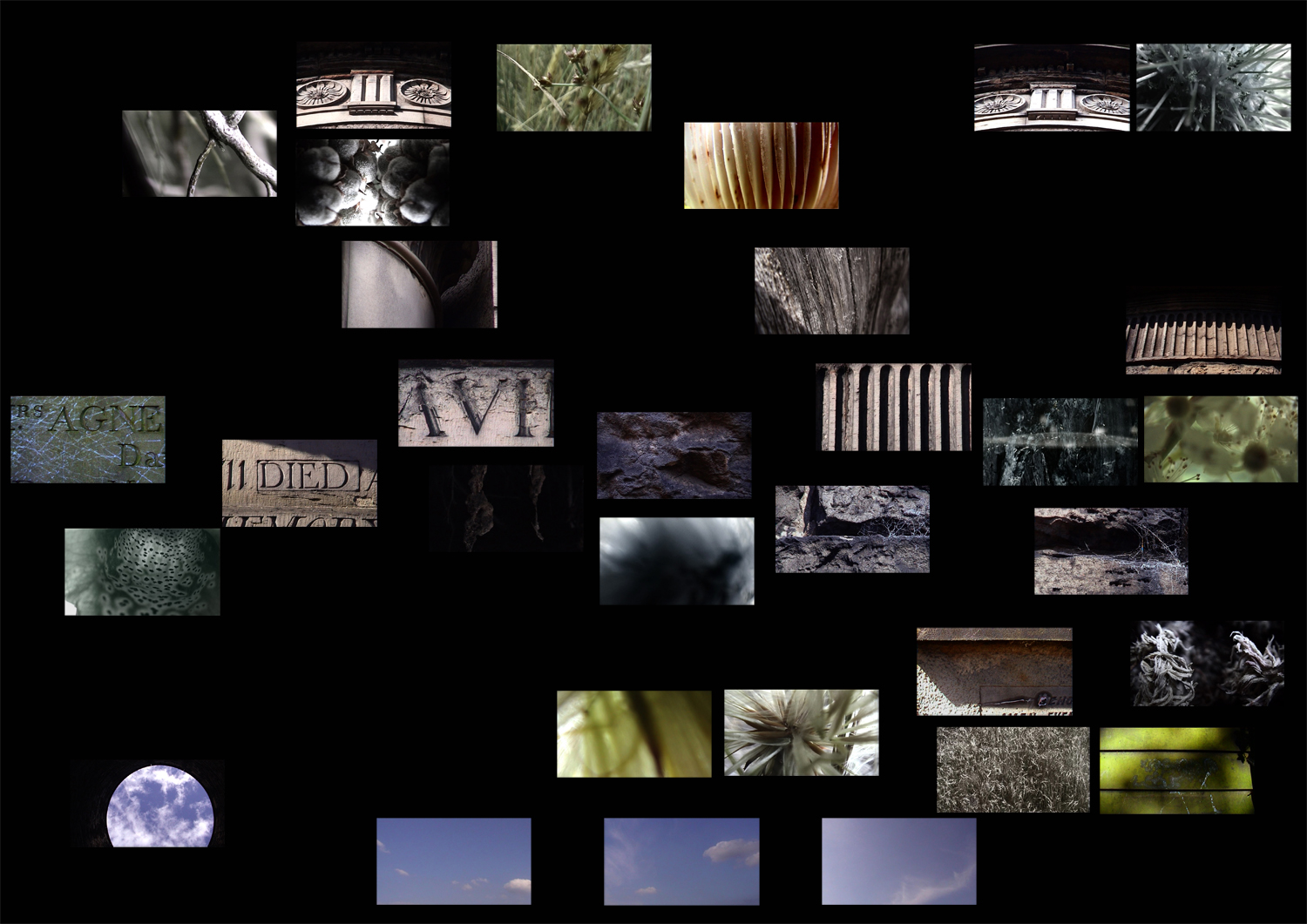
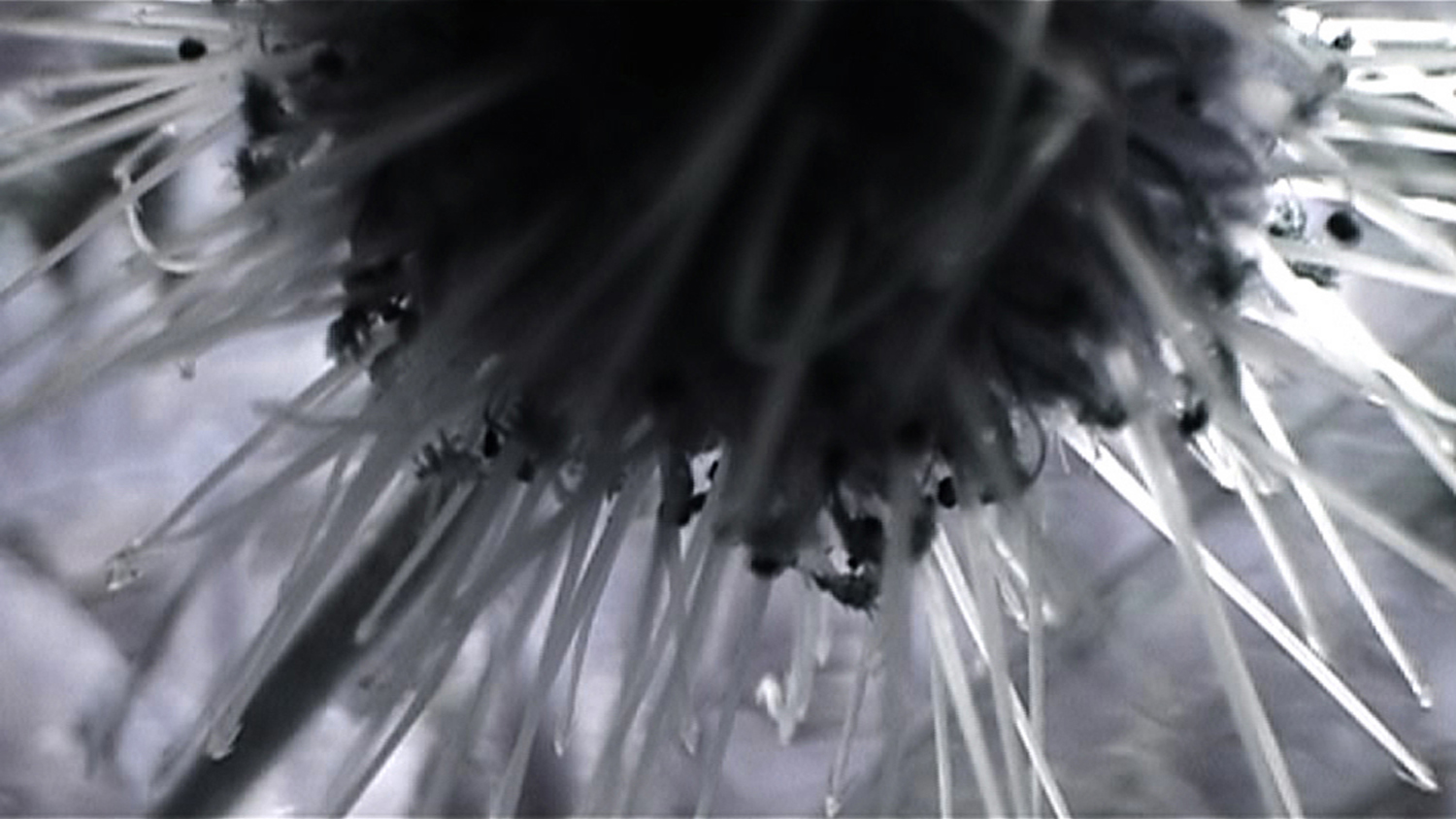
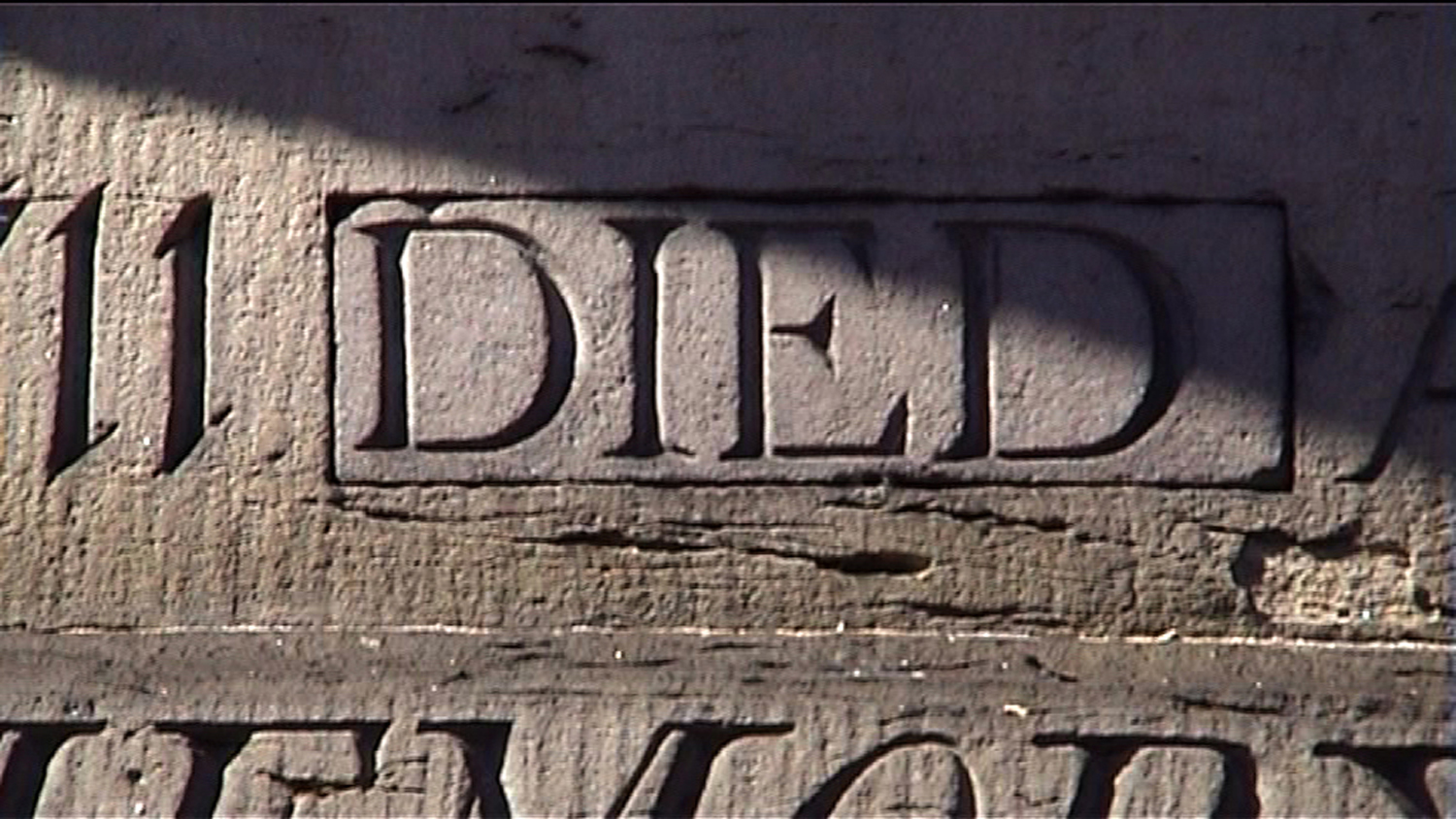


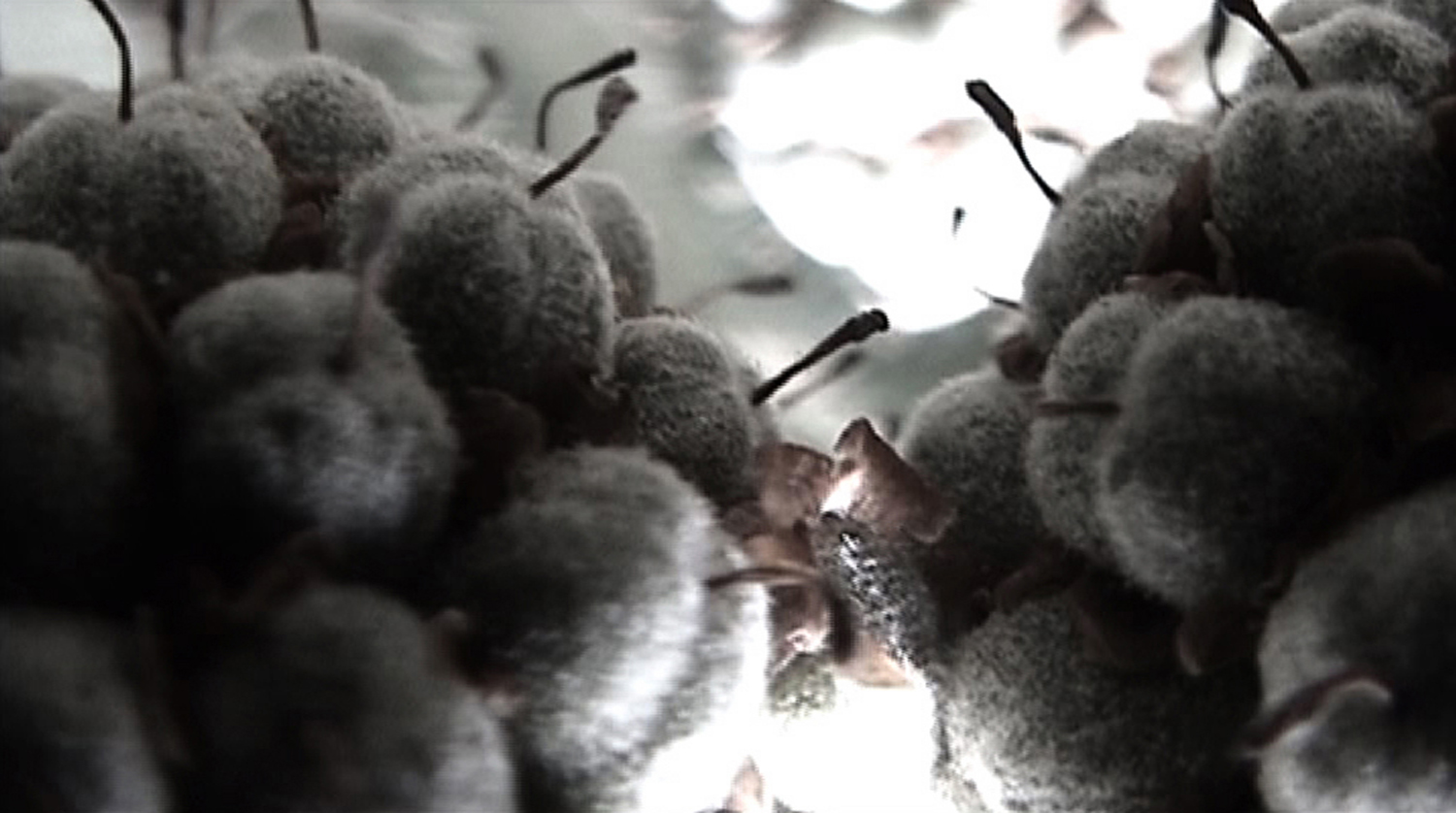



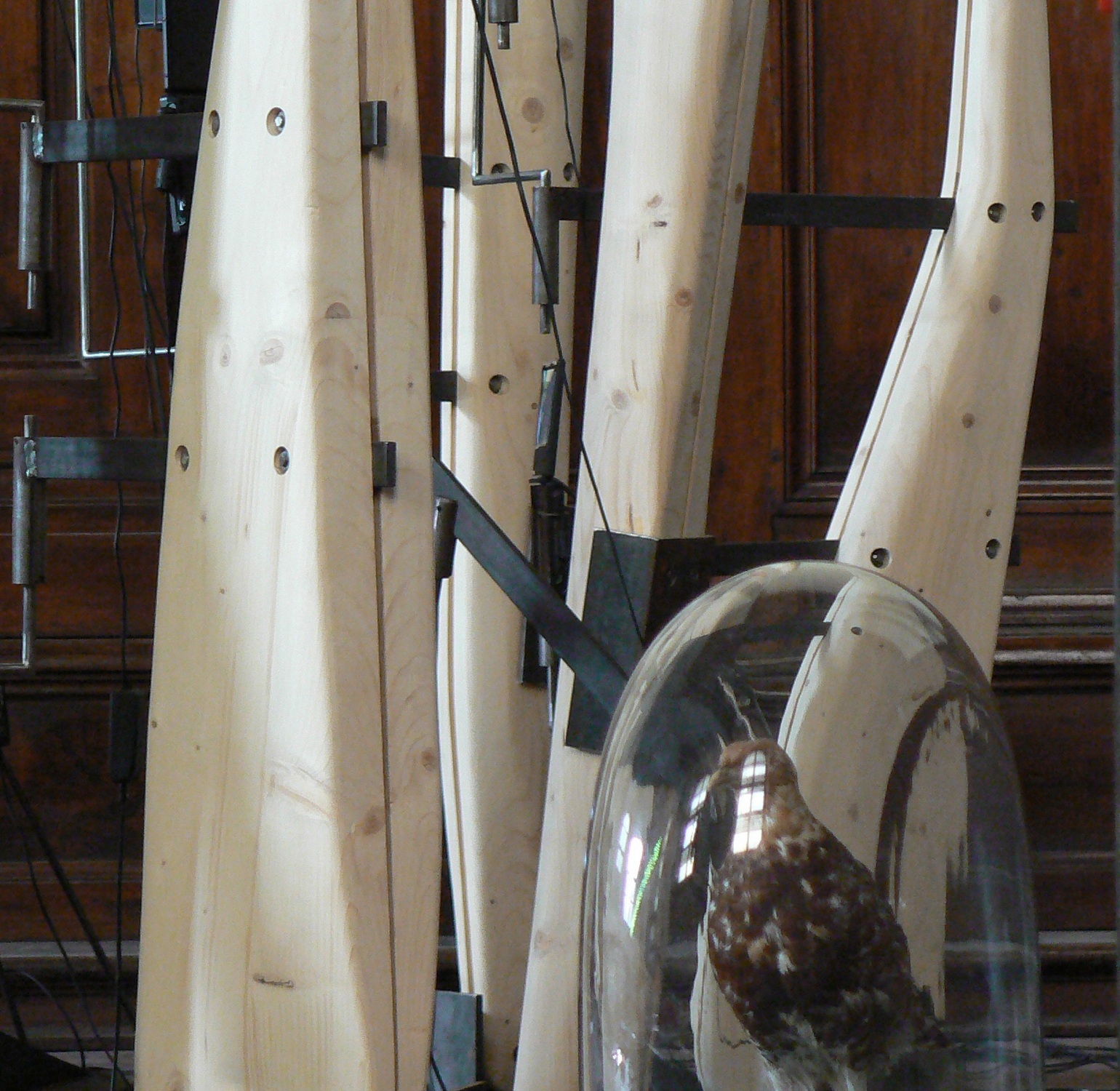


Your Custom Text Here
Metis: Mark Dorrian + Adrian Hawker with Victoria Clare Bernie
The Northroom was exhibited in: The Lighthouse, Glasgow 2006-7, Il Palagio di Parte Guelfa, Florence 2007, The Scottish Parliament, Edinburgh 2007 and the Royal Academy Summer Exhibition – invited submission – 2008
Northroom
The tomb of the Enlightenment philosopher David Hume is a stone chamber on Calton Hill above the city of Edinburgh. A singular masonry vessel it stands gated, intermittently locked, and open to the sky. Calton Hill is an optical landscape, the home of the city’s first Observatory, Rock House the studio of pioneering photographers David Octavius Hill and Robert Adamson and the venue for Maria Short’s short-lived entertainment, a popular observatory in a wooden hut. In the ruins of Calton Hill it is possible to make out the curve of Robert Adam’s Bridewell Jail, a panopticon structure in the spirit of Jeremy Bentham’s project of surveillance.
On a clear day in the 1790s the Irish painter Robert Barker climbed Calton Hill and from here he was able to view the city of Edinburgh in the round from Arthur’s Seat to the Firth of Forth. A vision that led him to the design and construct the painted panorama, a visual entertainment for the masses that proceeded to tour Europe throughout the late 18th and 19th centuries in a precursor to the Lumière brothers’ travelling cinematograph and the ultimate draw of cinema.
Architecture Studio Metis, in collaboration with Victoria Clare Bernie proposed a latter day panoramic entertainment, a vessel at once monumental and articulate, a family of vertical armatures, wood and metal structures configured in a ghosting of the Hume Monument. A room open to the sky and holding on its surface a suite of some 32 films as detailed studies of the distant micro landscapes of Scotland and the immediate, somewhat weather beaten, skin of the monument itself: bog cotton and foxgloves from the Affric forests, spider’s webs and snail trails from the surfaces of Tomb.
The Northroom, designed in the spirit of a touring panorama, travelled from the Lighthouse Gallery in Glasgow to Il Palagio di Parte Guelfa in Florence to the Scottish Parliament in Edinburgh and ultimately, the Royal Academy in London. In each instance the vertical components recalibrated to the Renaissance Hall, the vaulted landform or the 18th century Salon.
Approaching the Northroom a mane of black cables, wires and flexes encircles the floor, a single vertical structure pulled back from the vessel allowing access to the room and the flickering images and low level soundscapes within, an aural overlay of insects and water, flight paths and tannoys recalling both the immediate city and the country beyond.
Image 1: Northroom Installed, The Lighthouse, Glasgow, photographer Peter Dibdin 2006
Metis: Mark Dorrian + Adrian Hawker with Victoria Clare Bernie
The Northroom was exhibited in: The Lighthouse, Glasgow 2006-7, Il Palagio di Parte Guelfa, Florence 2007, The Scottish Parliament, Edinburgh 2007 and the Royal Academy Summer Exhibition – invited submission – 2008
Northroom
The tomb of the Enlightenment philosopher David Hume is a stone chamber on Calton Hill above the city of Edinburgh. A singular masonry vessel it stands gated, intermittently locked, and open to the sky. Calton Hill is an optical landscape, the home of the city’s first Observatory, Rock House the studio of pioneering photographers David Octavius Hill and Robert Adamson and the venue for Maria Short’s short-lived entertainment, a popular observatory in a wooden hut. In the ruins of Calton Hill it is possible to make out the curve of Robert Adam’s Bridewell Jail, a panopticon structure in the spirit of Jeremy Bentham’s project of surveillance.
On a clear day in the 1790s the Irish painter Robert Barker climbed Calton Hill and from here he was able to view the city of Edinburgh in the round from Arthur’s Seat to the Firth of Forth. A vision that led him to the design and construct the painted panorama, a visual entertainment for the masses that proceeded to tour Europe throughout the late 18th and 19th centuries in a precursor to the Lumière brothers’ travelling cinematograph and the ultimate draw of cinema.
Architecture Studio Metis, in collaboration with Victoria Clare Bernie proposed a latter day panoramic entertainment, a vessel at once monumental and articulate, a family of vertical armatures, wood and metal structures configured in a ghosting of the Hume Monument. A room open to the sky and holding on its surface a suite of some 32 films as detailed studies of the distant micro landscapes of Scotland and the immediate, somewhat weather beaten, skin of the monument itself: bog cotton and foxgloves from the Affric forests, spider’s webs and snail trails from the surfaces of Tomb.
The Northroom, designed in the spirit of a touring panorama, travelled from the Lighthouse Gallery in Glasgow to Il Palagio di Parte Guelfa in Florence to the Scottish Parliament in Edinburgh and ultimately, the Royal Academy in London. In each instance the vertical components recalibrated to the Renaissance Hall, the vaulted landform or the 18th century Salon.
Approaching the Northroom a mane of black cables, wires and flexes encircles the floor, a single vertical structure pulled back from the vessel allowing access to the room and the flickering images and low level soundscapes within, an aural overlay of insects and water, flight paths and tannoys recalling both the immediate city and the country beyond.
Image 1: Northroom Installed, The Lighthouse, Glasgow, photographer Peter Dibdin 2006